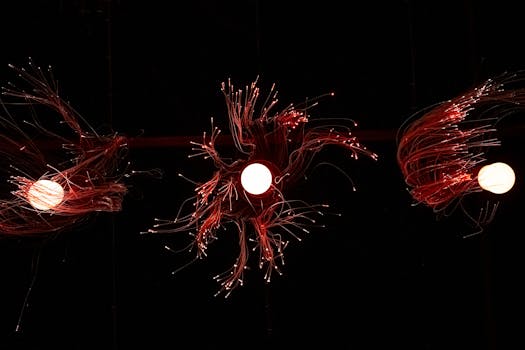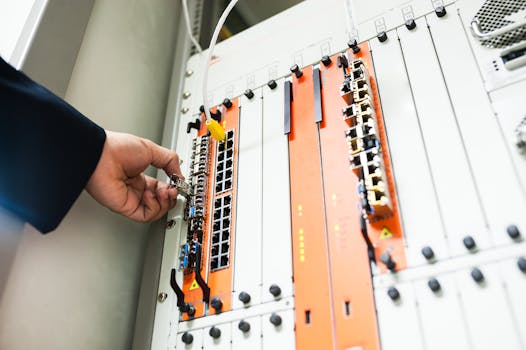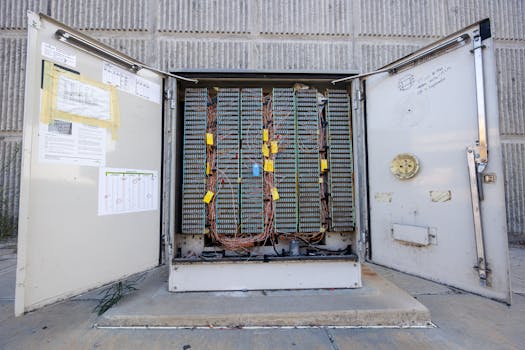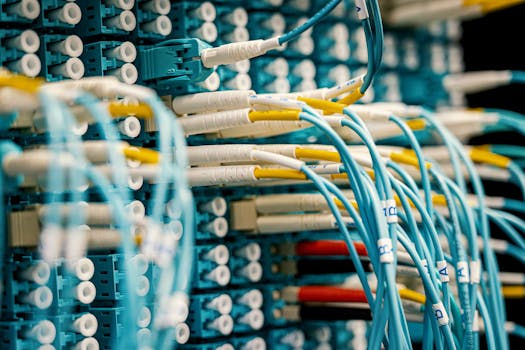
Comparative Analysis of Fiber Optics vs Traditional Copper Cables
Introduction to Fiber Optics vs Traditional Copper Cables

Comparative analysis of fiber optics vs traditional copper cables is a crucial aspect of understanding the evolution of network infrastructure. Fiber optics and traditional copper cables are two primary mediums used for data transmission in various industries, including telecommunications, internet services, and cable television. In this article, we will delve into the world of fiber optics and traditional copper cables, exploring their advantages, disadvantages, and applications.
Advantages and Disadvantages of Fiber Optics

Fiber Optics vs Traditional Copper Cables begins with the understanding of fiber optics. Fiber optic cables use light to transmit data as signals, offering several advantages over traditional copper cables. Some of the key benefits of fiber optics include:
- Higher bandwidth and faster data transfer rates
- Longer transmission distances without signal degradation
- Immunity to electromagnetic interference (EMI)
- Lighter weight and smaller diameter compared to copper cables
- Enhanced security due to the difficulty in tapping fiber optic signals
However, fiber optics also have some disadvantages, such as:
- Higher installation costs compared to copper cables
- Requires specialized equipment and expertise for installation and maintenance
- Signal attenuation over long distances can occur if not properly amplified
Advantages and Disadvantages of Traditional Copper Cables

Traditional copper cables have been the backbone of telecommunications and data transmission for decades. The advantages of copper cables include:
- Lower installation costs compared to fiber optic cables
- Easy to install and maintain, with widely available equipment and expertise
- Well-established infrastructure and compatibility with existing devices
However, copper cables also have some significant disadvantages, such as:
- Lower bandwidth and slower data transfer rates compared to fiber optics
- Signal degradation over long distances, requiring amplification or repeaters
- Vulnerability to electromagnetic interference (EMI) and radio-frequency interference (RFI)
- Heavier weight and larger diameter compared to fiber optic cables
Comparative Analysis and Conclusion

In conclusion, the comparative analysis of fiber optics vs traditional copper cables highlights the significant advantages of fiber optics in terms of bandwidth, distance, and security. While fiber optics have higher installation costs, their long-term benefits and future-proofing make them an attractive option for industries and individuals seeking high-speed data transmission. Traditional copper cables, on the other hand, offer lower installation costs and ease of use but are limited by their lower bandwidth and vulnerability to interference.
As technology continues to evolve, the demand for faster and more reliable data transmission will drive the adoption of fiber optics. However, traditional copper cables will still have a place in certain applications, such as shorter distances or legacy systems. Ultimately, the choice between fiber optics and traditional copper cables depends on specific needs, budgets, and future plans.